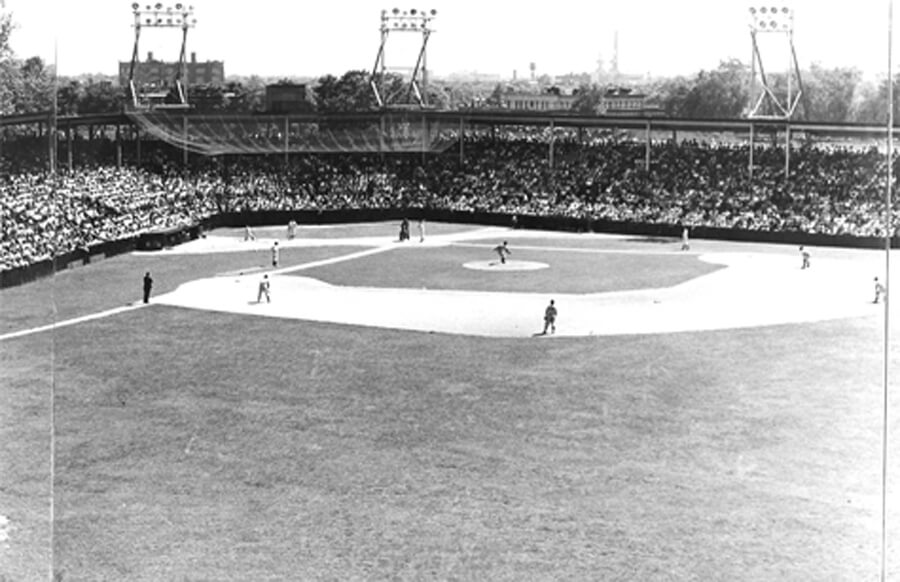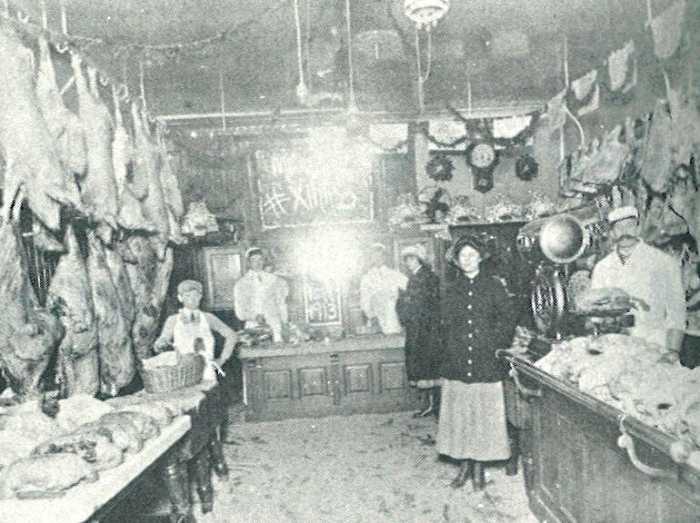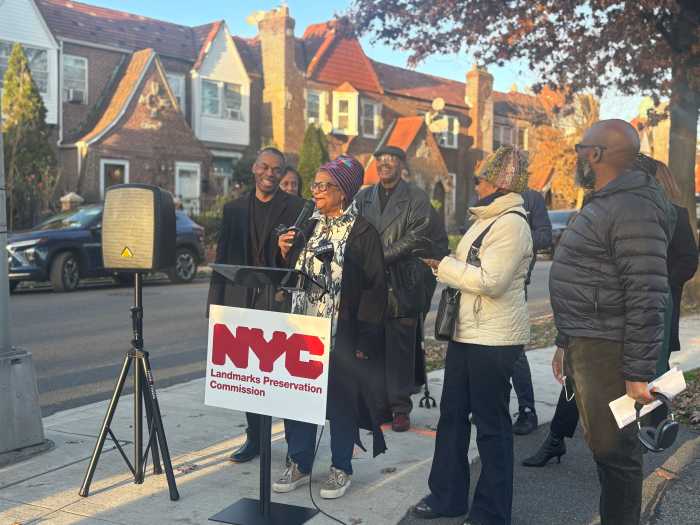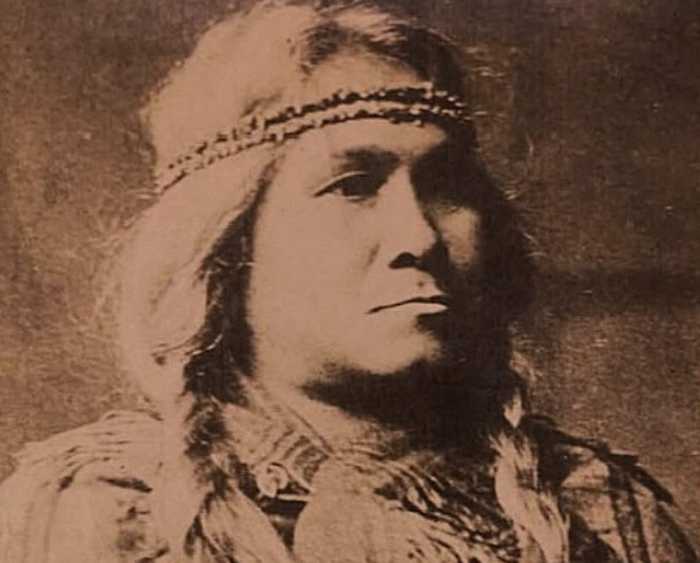When most people think about the connection between Queens and baseball, their minds turn to the Amazin’ New York Mets, the pride of Flushing who’ve played ball there since Shea Stadium opened in 1964.
But the national pastime’s roots in Queens run deep, with a litany of semi-pro teams taking the diamond across the borough over the years. And up until Shea Stadium opened its doors, Queens’ biggest baseball venue was located in Woodhaven, right near the Brooklyn/Queens border.
Dexter Park, which was located off the corner of 75th Street and Jamaica Avenue, was the home of the old Bushwicks, a semi-pro team, and once hosted exhibition games where the likes of none other than Babe Ruth and Lou Gehrig took the field before thousands of fans.
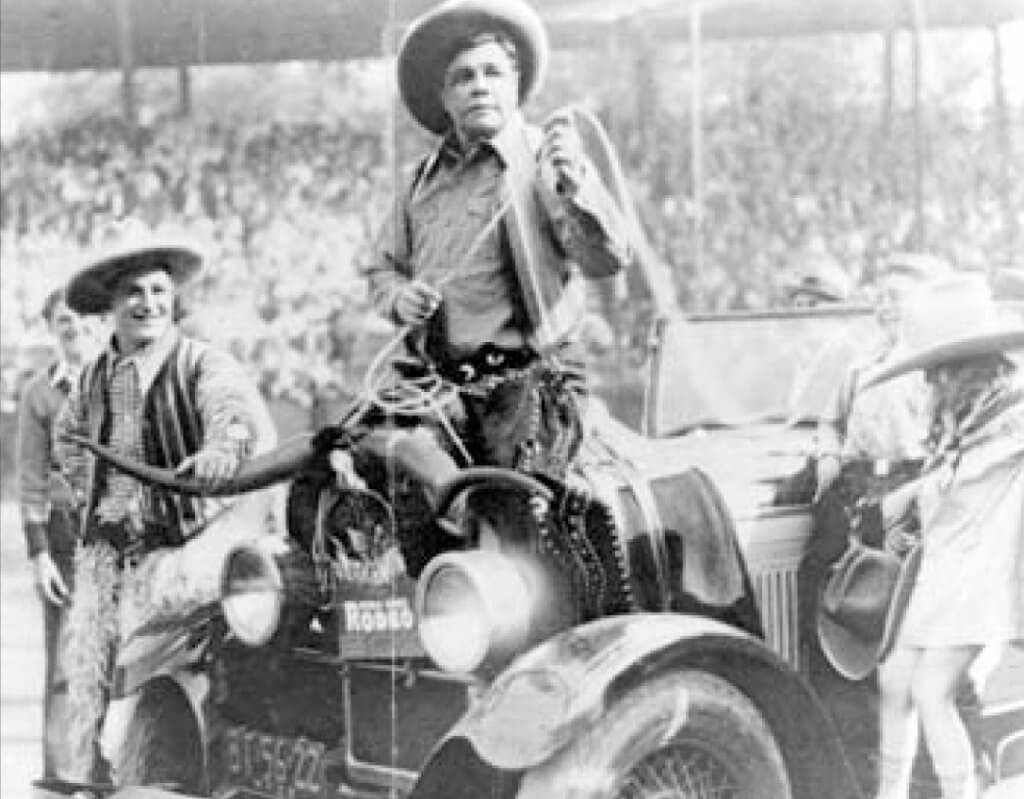
taking part in a game against the Bushwicks.
Nat Strong controlled semi-pro baseball in the New York area through his ownership of the Brooklyn Royal Giants, a Negro League baseball team, and his partial ownership of the Bushwicks and Dexter Park, the Bay Parkways, the New York Cuban Stars and the New York Black Yankees.
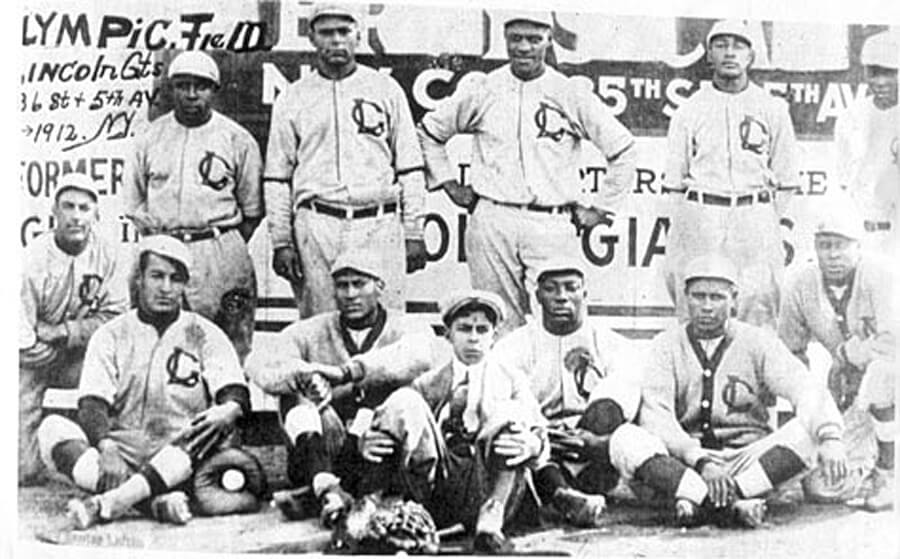
Strong also controlled the Inter-city Baseball Association. Its members were semi-pro teams in the New York area. They paid no dues but were required to book all games with out-of-town teams through Strong and to buy from Spalding through Strong all of their uniforms, the cork-center baseballs, bases and catcher gear.
In turn, out-of-town teams could not book a game in the New York area unless they agreed to pay Strong 10 percent of the guarantee or share of the gate receipts they were to receive. A plus for the out-of-town team was Nat Strong could book them for three or four games in the New York area and thus make it worthwhile for a team to make the trip to New York.
During the Depression, a number of the big league baseball teams had financial problems. By contrast the Bushwicks were in good shape. Their admission prices were lower than the big league ballparks, they played doubleheaders each Sunday and many of their games were against good black teams, so the fans saw a lot of good baseball.
In addition to the Sunday doubleheaders, the Bushwicks played a single night game on Wednesday and Friday nights. So their players were well paid.
Playing the Giants
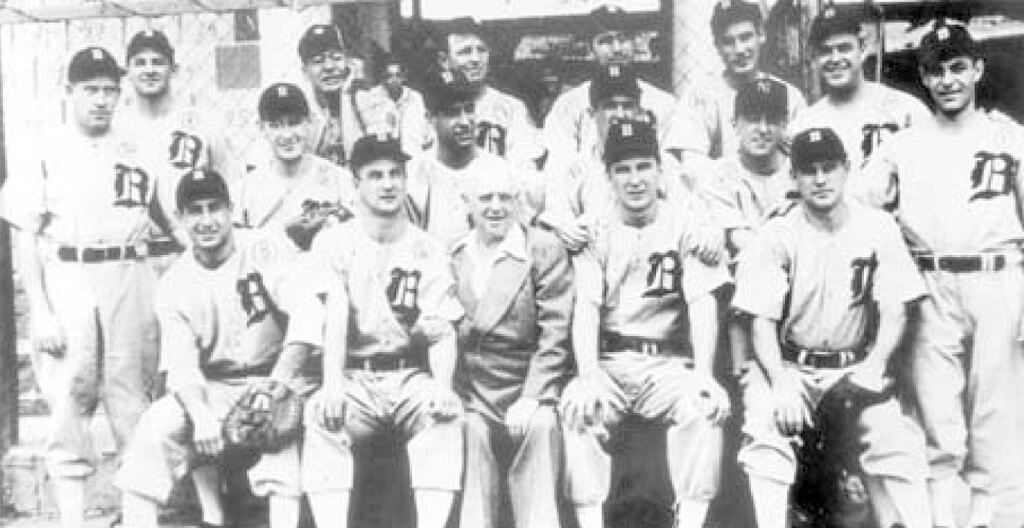
In the depth of the Great Depression, the New York Giants of baseball’s National League apparently were having some financial problems. Strong contacted Charles Stoneham, the president of the Giants, and offered him a guarantee of $1,500 to play a night game at Dexter Park against the Bushwicks or, in lieu of the guarantee, a share of the gate. Stoneham agreed to the game and selected the $1,500 guarantee.
A date of Friday, Sept. 23, 1932 was set. As part of the deal, the Giants had to play all of their regulars with the exception of the pitchers, who could be second-stringers.
When the Giants arrived at the ballpark, there was a crowd of over 20,000, with all the 15,400 seats taken and the overflow behind ropes in right field and right-center field. The Giants won the game 5-2. Overton Tremper went 1 for 3 (a double).
On the Monday morning after the game Tremper was visiting Nat Strong at his office in Manhattan when Stoneham telephoned, pleading with Strong to give him something extra over the guarantee because of the good crowd. Strong was non-committal, but later in the day, after conferring with Bushwicks owner Max Rosner, he sent Stoneham an additional $1,000.
Bill Terry had taken over as the field manager of the New York Giants in June 1932 from John McGraw. The Giants were a second division team. In 1933, Terry turned the team around. The Giants won the pennant and defeated the favored Washington Senators in the World Series, four games to one. Carl Hubbell hurled two of the victories and Mel Ott led the way in hitting, as he batted .389 with two home runs during the World Series.
On Oct. 15, 1933, Hubbell was joined by two teammates and World Series stars, pitcher Hal Schumacher and shortstop Blondy Ryan, at Dexter Park, barnstorming in a doubleheader with the Bay Parkways against the Bushwicks.
The three Giants had varying degrees of success during the twin bill in Woodhaven. Hubbell pitched and won the first game, 6-3, at Dexter Park. Afterwards, “King Carl” sat patiently in the grandstand during the second game and signed hundreds of autographs.
Hal Schumacher, who had triumphed over the Senators in the second game of the World Series, pitched and lost the second barnstorming game, 3-1, as Overton Tremper got three hits off him.
Blondy Ryan also had a tough day at Dexter Park, making two errors in the field. He struck out four times in the first game and finally got a hit in the second game.
The pay’s the thing
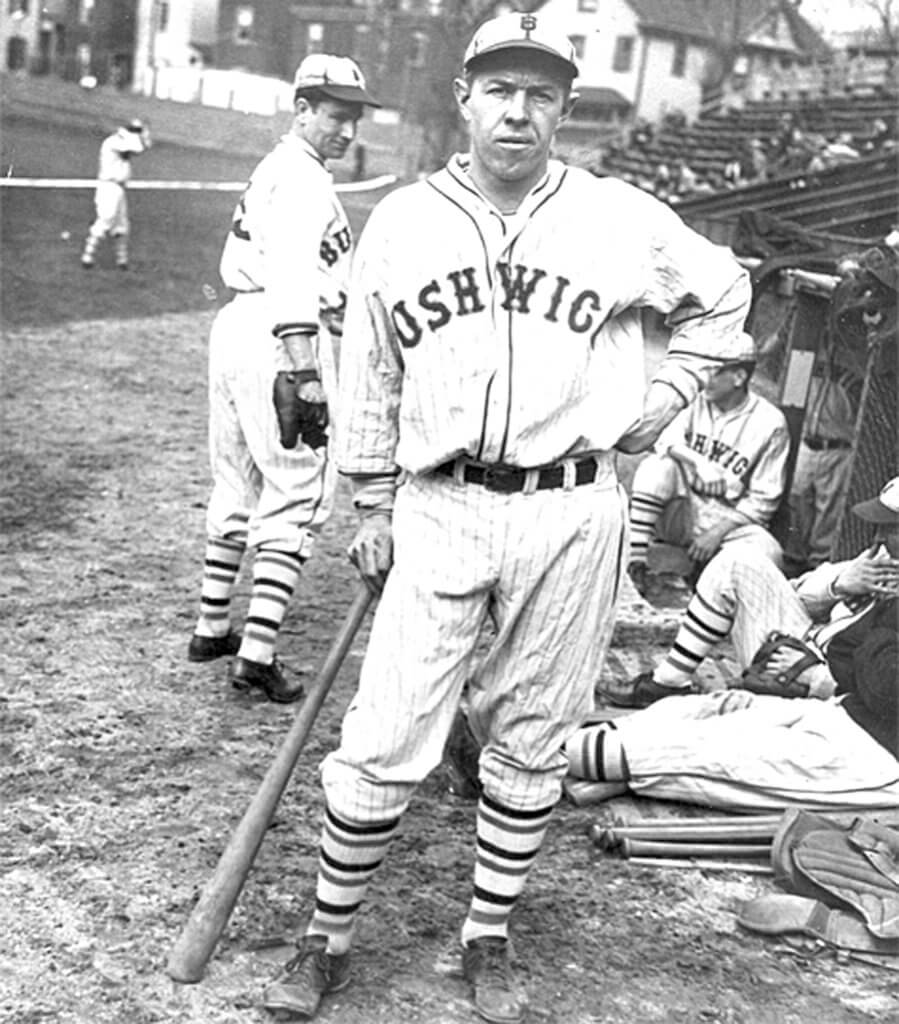
The Bushwicks had the reputation of being the best payer. When they reached an agreement with a player, they paid this amount for a single night game or for a Sunday doubleheader.
In 1936, a young college pitcher, after his college eligibility had been used up, pitched for the Bushwicks at an agreed price of $15 if he sat and $25 if he pitched. He pitched some fine games for the Bushwicks, including a shutout of the Pittsburgh Crawfords.
During World War II, Gene Hermanski, the Brooklyn Dodger outfielder, enlisted in the U.S. Coast Guard and was stationed in Brooklyn. When he could get a pass, he played for the Bushwicks under the name “George Walsh.” Gene was making $77 per month in the Coast Guard. Rosner paid him $50 for a Sunday doubleheader or a single night game.
After World War II, the Bushwicks were paying anywhere from $25 to $50 per Sunday doubleheader or single night game, with pitchers getting slightly more.
The last years of Dexter Park
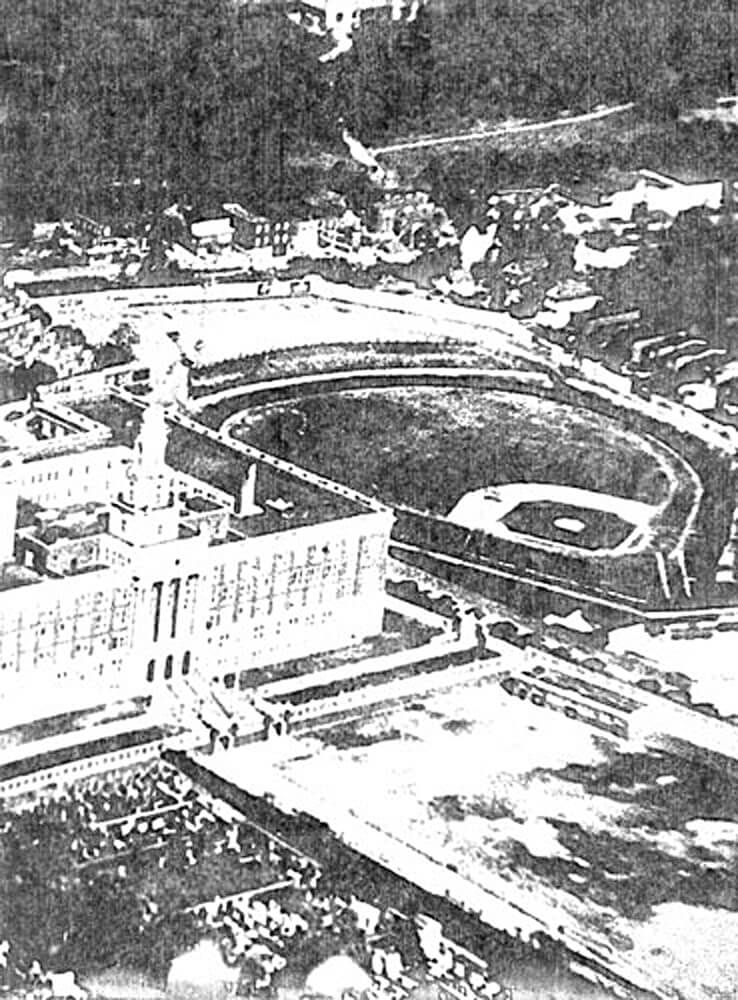
With the military draft, it was difficult to get players during World War II, and with gasoline rationing, travelling teams disbanded.
To boost revenues at Dexter Park, a midget auto racing track was installed after the baseball season ended in 1950, and the track was operational by April 1951. To accommodate the installation, the infield had to be moved northeastward so that the track could circle the infield but in foul territory. It also required a leveling of a massive amount of the center-field hill. In addition, the fruit trees and vegetables that the groundskeepers had so carefully planted in deep center field were removed to make way for service pits for the autos.
The midget auto racing track ruined the baseball field. But with the Bushwicks baseball team operating at a loss in 1951, the team was disbanded at the end of the season. Auto racing continued through 1955, when the field was sold. The stands were torn down, and one- and two-family houses were erected on the site.
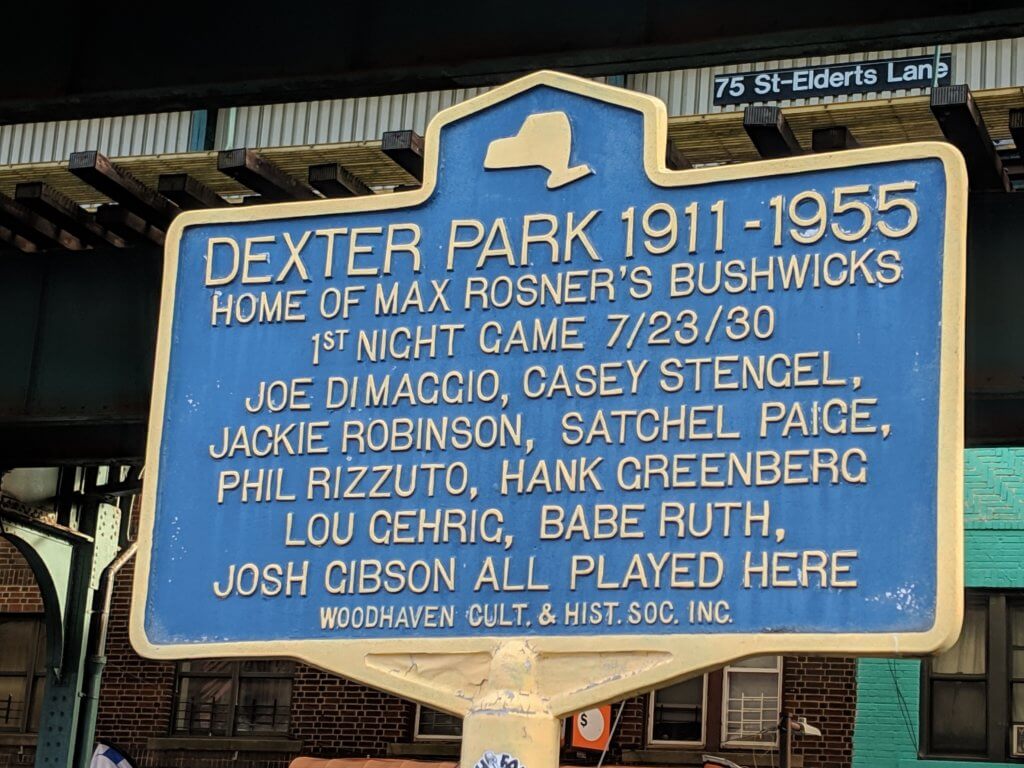
Reprinted from the Dec. 9, 2004 Ridgewood Times.
* * *
If you have any remembrances or old photographs of “Our Neighborhood: The Way It Was” that you would like to share with our readers, please write to the Old Timer, c/o Ridgewood Times, 38-15 Bell Blvd., Bayside, NY 11361, or send an email to editorial@ridgewoodtimes.com. Any print photographs mailed to us will be carefully returned to you upon request.

